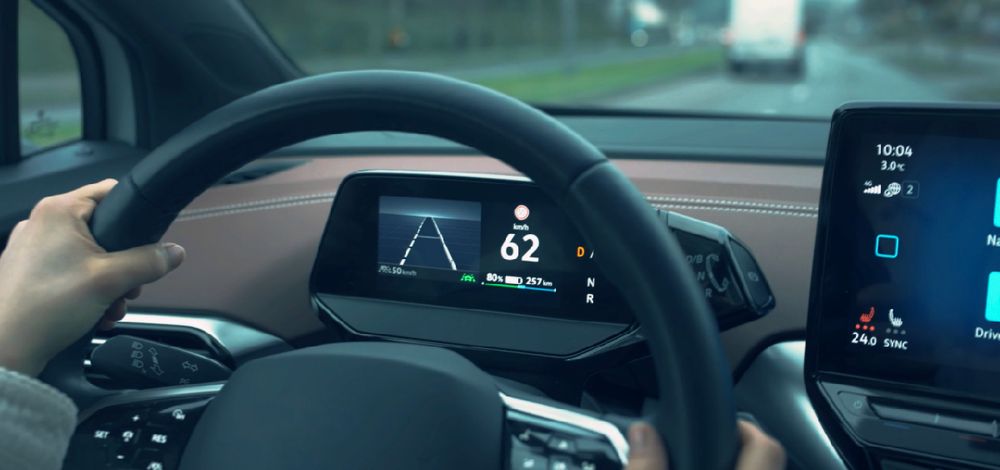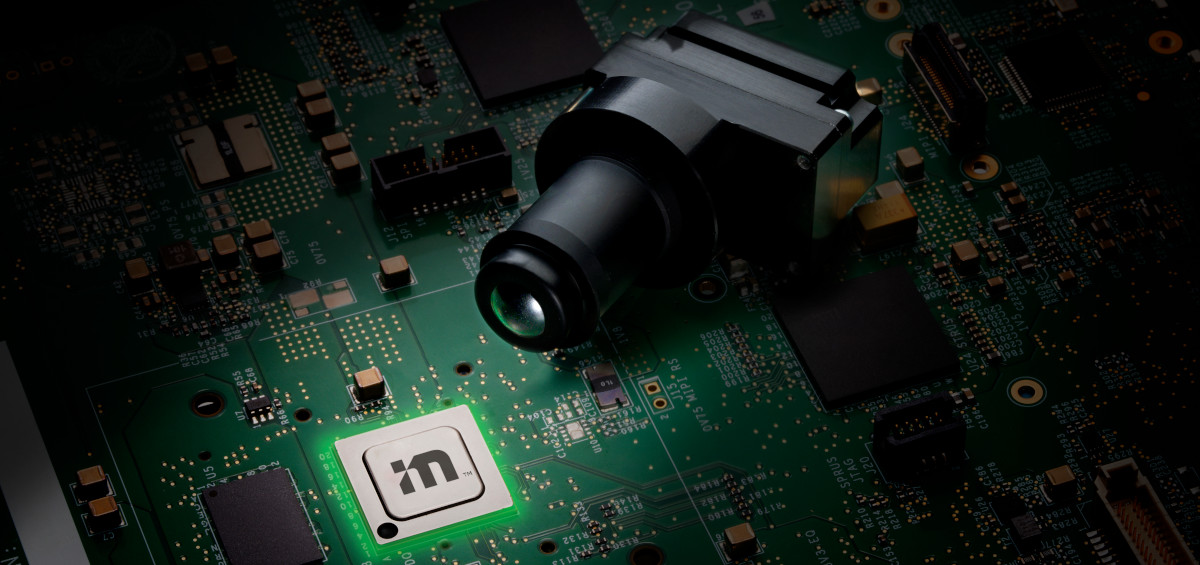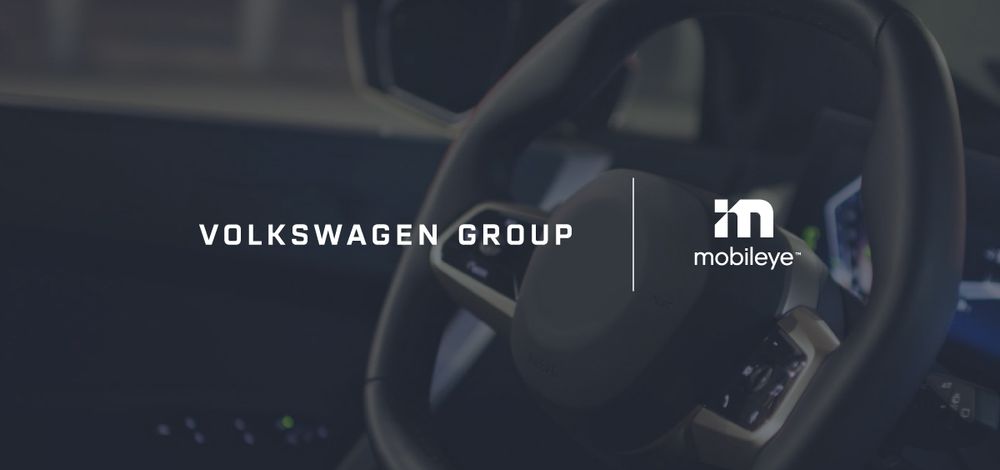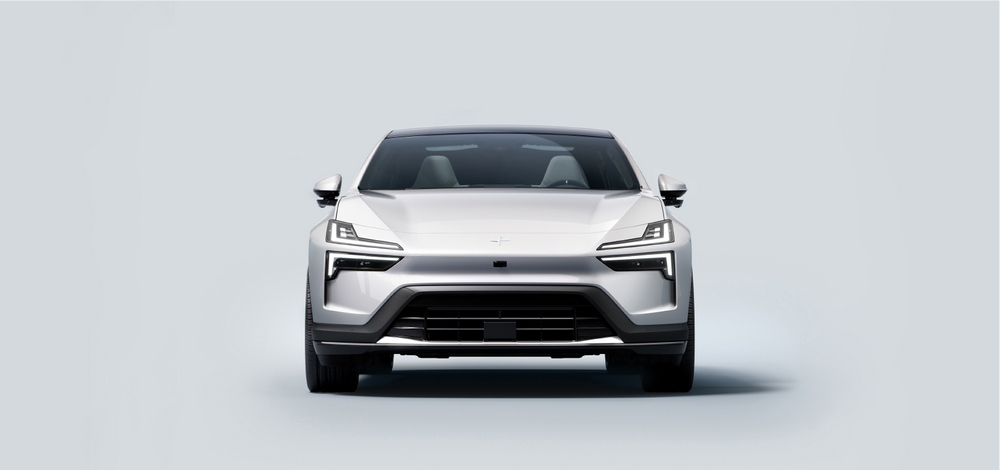blog
|
April 18, 2024
Mobileye’s vision-Only ISA system is picked up by top OEM
The cost-saving solution, which already shown to exceed rigorous EU GSR requirements, is introduced to the OEM’s operation in Turkey

ISA systems are designed to help drivers stay within the legal speed limit
A major EU-based automaker is incorporating Mobileye’s vision-only intelligent speed assist (ISA) solution onto its vehicles for sale in Turkey, after the system showed great success both in identifying signs in complicated environments and in recognizing and adjusting to toll booths. This new progress follows six independent labs in five different European countries already having tested Mobileye’s ISA software and confirmed that it meets, and at times even exceeds, the European Union General Vehicle Safety Regulation’s (GSR) requirements.
The GSR sets July 2024 as the month by which all new passenger vehicles sold in the EU must meet specific ISA requirements. Several automakers have tested Mobileye’s EyeQ™4-based ISA solution and found that it successfully meets all such requirements, with the software now certified for use in all 27 EU countries, Israel, Norway, Switzerland, and Turkey.
Mapless “futureproof” savings
The Mobileye ISA solution is unique in both its technology and in reducing manufacturer costs. It is the first vision-only ISA system, which means no third-party maps are used, thus reducing costs. In addition, our solution in some cases surpasses the GSR standards, which require all new vehicles to be able to automatically identify speed limits. 
Automakers already incorporating the Mobileye EyeQ4 and later platforms containing the ISA solution into their vehicles can meet the new standards merely by updating the EyeQ’s existing software, without any new hardware requirements. Additionally, the Mobileye ISA system can be trained to detect new signs that may be added to the GSR traffic signs catalog. These capabilities should serve to “futureproof” the technology for up to 14 years after a vehicle model is launched, as well as enable those vehicles to detect new signs with no need to change version or do any re-validation or regression testing.
Mobileye ISA also offers driver-assistance features beyond the letter of the GSR. For example, it detects conditional or supplementary signs and recognizes nearing toll booths.
Reducing cost, not safety level
ISA systems are designed to help drivers stay within the legal speed limit either by passively alerting them or by actively intervening to reduce vehicle speed. According to the regulation, ISA systems have to work anywhere in the European Union territory; this makes driving safer but, unfortunately, can also drive-up manufacturing costs which might eventually fall at the consumer's feet.

Most ISA solutions currently on the market rely on a mixture of technologies that includes traffic sign recognition (TSR) abilities, a mapping database, and GPS, among others. This combination often requires use of third-party services (e.g. the mapping database) that not only come with their own price tag but could also be less reliable as they lack real-time adjustment (for example, they are unaware of ad-hoc speed limits due to road construction). This is where Mobileye’s vision-only ISA system makes a particular financial impact: it doesn’t rely on any third-party providers, while still offering proven features that meet and, in some cases, exceed GSR requirements and react to changing events on the road.
Mobileye’s solution is the type of technological innovation that helps OEMs protect their vehicles’ users. Mobileye’s “built for safety - built for scale” mantra serves as the right approach at the right time to help carmakers and policymakers create a safer future.
Share article
Press Contacts
Contact our PR team








